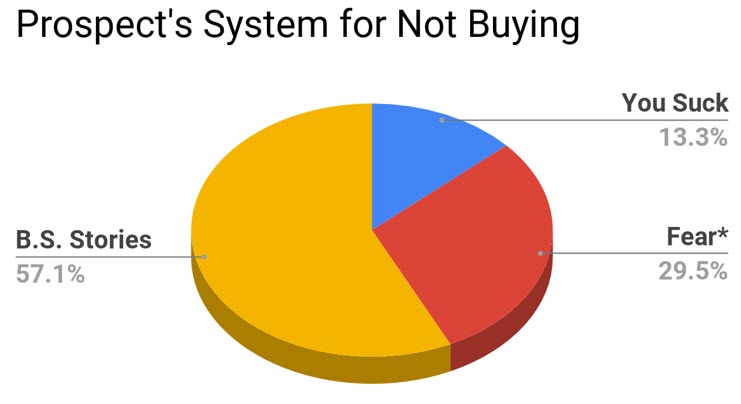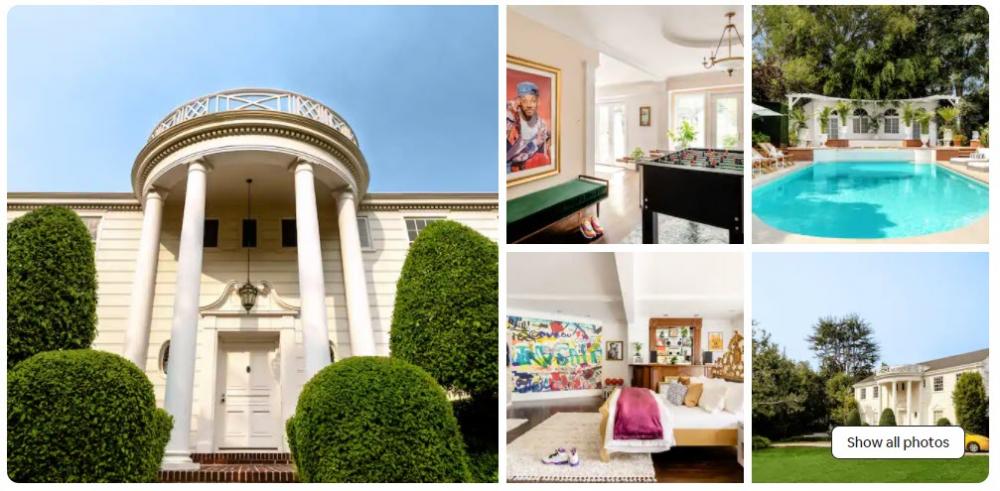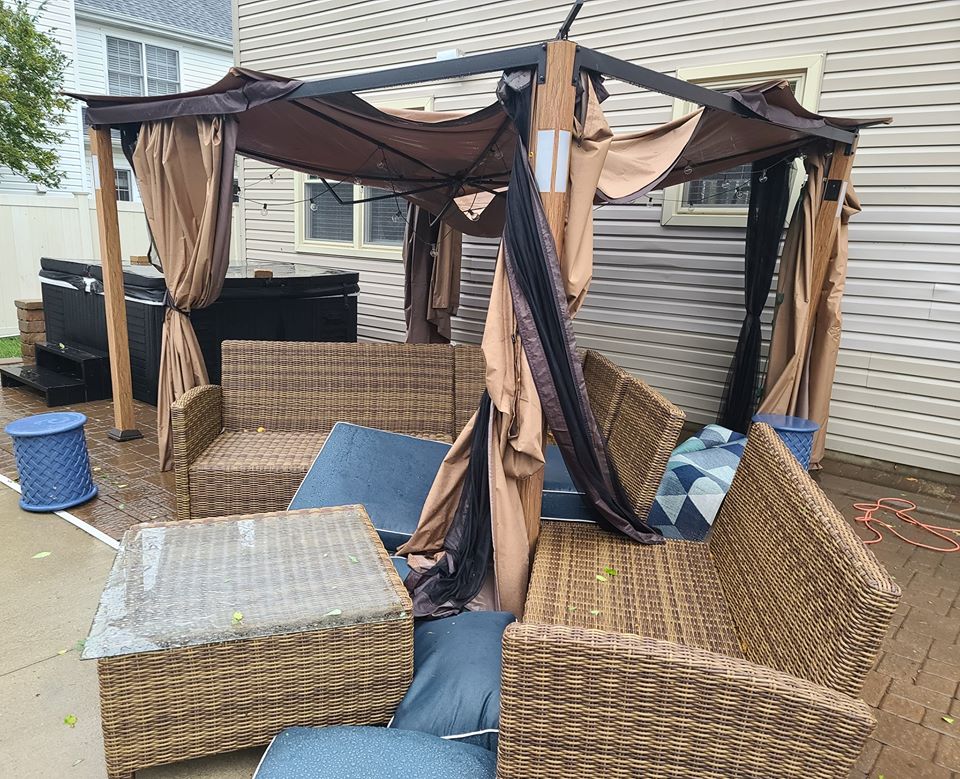What was your initial reaction to the Netflix documentary The Social Dilemma — or even just discussions about it?
(I’m assuming you’ve had at least one discussion about it. Seems like everyone was talking about it a few weeks ago.)
Here’s a review I saw that captures a snippet of the conversations I had after the film was released:
“This exposes truths about big data, manipulation, & warnings from the people who designed Facebook, Google, Instagram, Twitter, etc. Everyone should definitely watch this to understand how these social media platforms are using us and how Humanity will be destroyed by Technology in the near future.”
A lot of people are “mad” at the social media companies, which Netflix should be counted amongst.
As a marketer, what was YOUR reaction?
The proper response should have been inspiration.
Because the film is practically a field guide illustrating how to build an army of happy little addicts…
And we marketers should be taking notes.
Do you want your own army of happy addicts?
You can start taking notes right here, right now.
(BTW, I’m curious to know what your reaction to THAT statement was. Leave a comment and let me know.)
I’ll just briefly hit on a few points that are especially important.
What’s Wrong with an Echo Chamber?
One of the big criticisms leveled by the producers of The Social Dilemma is that Facebook and others feed you more and more stories to reinforce a particular opinion… one that you hold already.
News flash: humans already do this automatically. It’s called confirmation bias.
People enjoy the feeling of being right, smart, and on the right side. The crave it.
You should harness that reality.
When planning out your messaging, you must use your ideal customer’s view of reality as the starting point.
Don’t fight your prospect’s brain.
Stake Your Claim
To a certain extent, you have to own real estate in your prospect’s mind.
How do you do that? Through regular, consistent, engaging communication.
Our brains are biased towards information we’ve heard recently and repeatedly.
You’ve heard that a lie told often enough is believed. But it’s not about the lie. It’s about the repetition.
A few things you can do to claim more real estate between your prospect’s ears:
- Frequent communication via email, YouTube, social channels. You don’t have to use them all, but the more you use, the more you can dominate your prospect’s time and the more opportunities you’ll have to reinforce your ideas.
- If possible, be present in the physical environment. Get a book, a t-shirt, a printed checklist, something physical into homes or offices. When you can do that, you’re in a rare group — and as a result, people convince themselves you’re more important.
Studies also show there’s a stronger and longer-lasting neurological response to physical marketing (e.g. direct mail) over digital version of the same ads. - Impact ONE THING that’s part of your prospect’s daily routine. Now you own part of his day.
A recent poll found that 80% of people check their phones before doing anything else in the morning. It’s a routine set by social media (and email).
What part of the day can you own?
By the Power Vested in Me
A huge reason The Social Dilemma is so hard-hitting is that it’s filled with admissions from THE experts on this topic: the people who designed these addictive apps.
People are eager to defer to authorities and experts, sometimes without even realizing it.
I’ve talked about authority several times in the past, so I’ll just mention one important point.
Your personal story — how you came to experience and understand the idea you’re trying to share — is likely to carry more weight than scientific studies (which make fantastic supporting arguments).
Your story makes you an authority, whether or not you have credentials or position.
Now listen…
This topic can make some people squeamish. I get it. Most people don’t want to feel manipulative.
But let me remind you of what we said last week.
When you’re selling something that helps people, you make the world a better place by promoting it aggressively.
Arguably, your prospects are struggling because they haven’t bought from you yet.
You can to lead them to freedom.
I encourage you to embrace the task.







